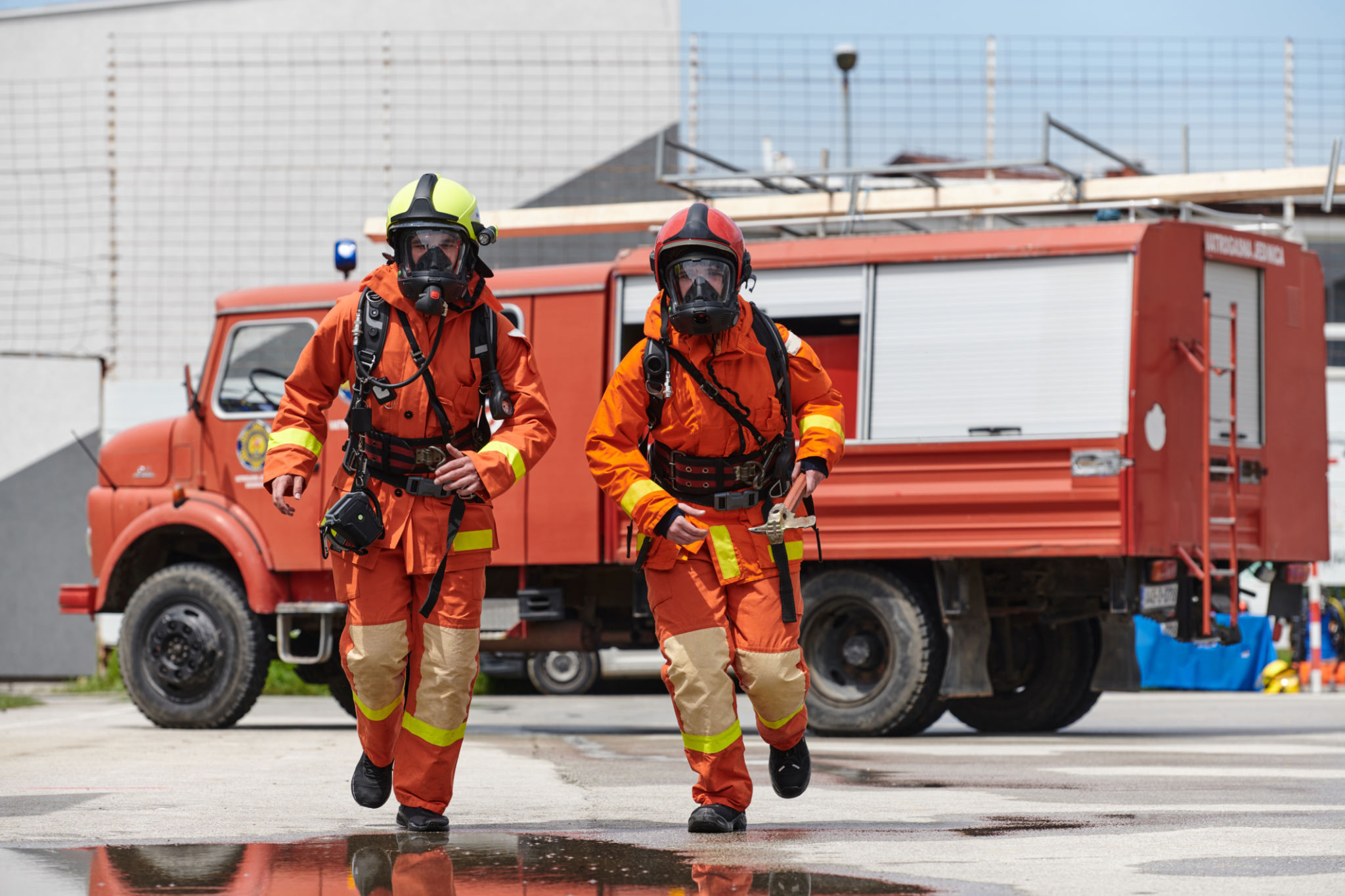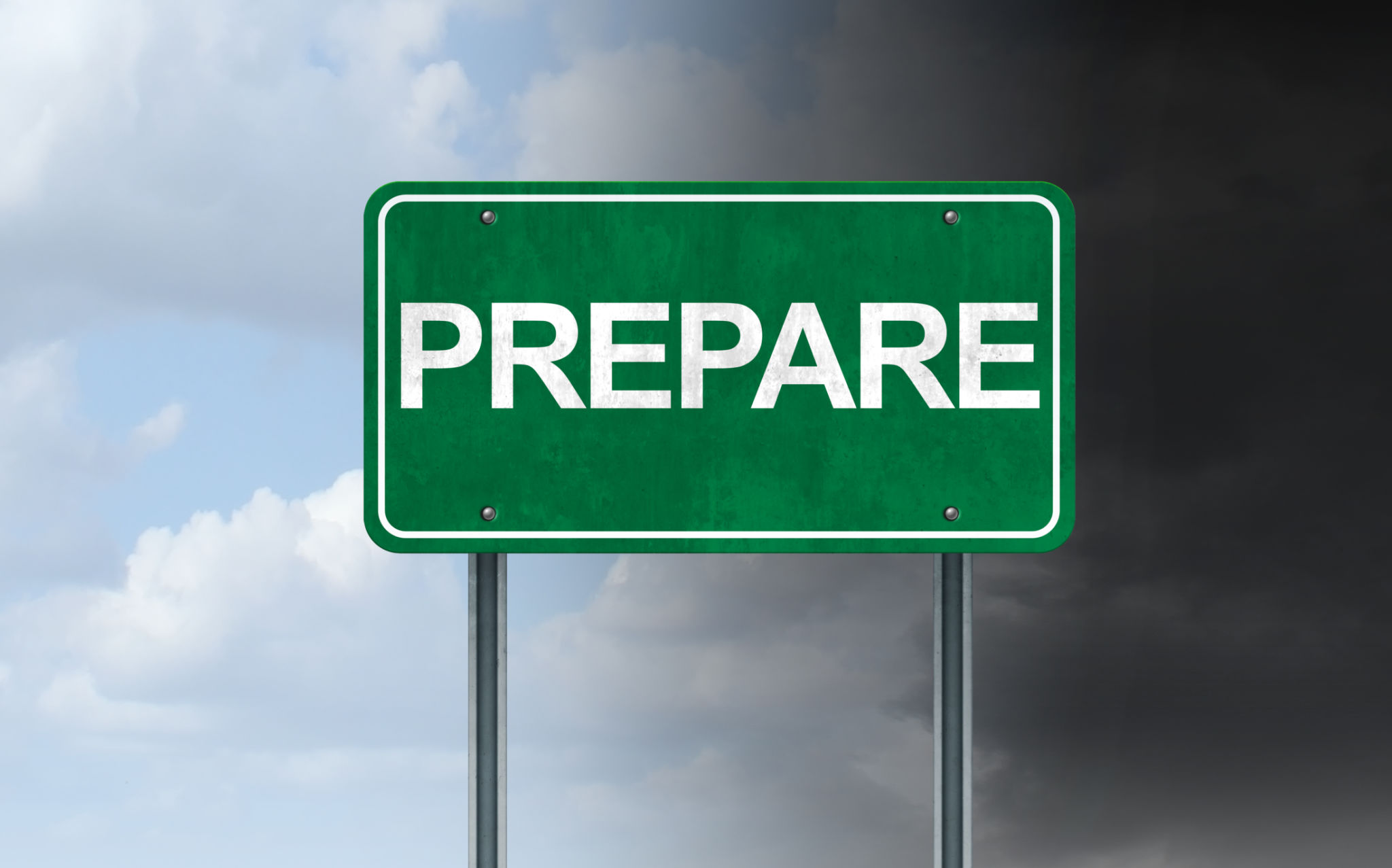Case Study: Successful Emergency Response Plan Implementation in Hamilton
Introduction
In recent times, emergency preparedness has become an integral part of community safety. The city of Hamilton offers a prime example of how a well-structured Emergency Response Plan can be effectively implemented to safeguard its residents. This case study explores the successful strategies and outcomes of Hamilton's emergency response efforts.
Background of Hamilton's Emergency Response Plan
Hamilton, known for its bustling urban environment, recognized the need for a comprehensive Emergency Response Plan after facing several natural and man-made challenges. The plan was designed to address a variety of emergencies, including natural disasters, industrial accidents, and public health crises.
The city's administration collaborated with local authorities, healthcare providers, and community organizations to develop a strategy that encompasses prevention, preparedness, response, and recovery phases. This holistic approach ensures that all aspects of emergency management are covered.

Key Components of the Plan
The Emergency Response Plan in Hamilton includes several key components that contribute to its success:
- Risk Assessment: Regular assessments are conducted to identify potential threats and vulnerabilities within the community.
- Training and Drills: Frequent training sessions and drills are held to ensure that all stakeholders are well-prepared and can act swiftly in an emergency.
- Communication Systems: Advanced communication systems have been established to facilitate timely information dissemination among emergency responders and the public.
Implementation and Execution
The implementation phase involved comprehensive training programs for emergency personnel and public education campaigns. These initiatives aimed to raise awareness about the plan and educate citizens on how to respond effectively during emergencies.
During execution, the plan was tested through simulated scenarios to evaluate its efficiency and identify areas for improvement. These simulations provided valuable insights that were used to refine procedures and enhance coordination among different agencies.

Real-Life Application and Success Stories
The effectiveness of Hamilton's Emergency Response Plan has been demonstrated in several real-life incidents. For instance, during a recent severe weather event, the plan was activated swiftly, minimizing damage and ensuring public safety. The coordinated effort of emergency services showcased the strength of the plan's implementation.
Community feedback has also been overwhelmingly positive, with residents expressing confidence in the city's ability to handle emergencies efficiently. This trust is crucial for maintaining public cooperation and compliance during crises.
Lessons Learned and Future Enhancements
While Hamilton's Emergency Response Plan has proven successful, continuous improvement remains a priority. Lessons learned from past incidents are regularly reviewed to make necessary adjustments. Innovations such as integrating new technologies and enhancing data analytics capabilities are being considered to further strengthen the plan.

Conclusion
The successful implementation of Hamilton's Emergency Response Plan serves as a model for other cities aiming to enhance their emergency preparedness. By prioritizing collaboration, continuous training, and adaptive strategies, Hamilton has established a robust framework that protects its community in times of crisis. As the city continues to evolve, so too will its commitment to public safety and resilience.
